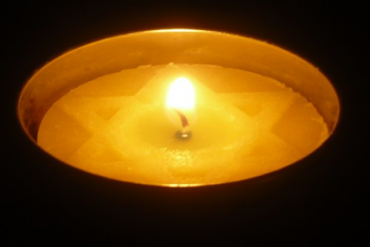A couple of recent BBC News website articles relating to the subject of photographed images have the most likely unintended distinction of falling into the category of the old adage “write about what you know” as far as the BBC is concerned. 
On November 22nd an article titled “Altered Images: How to verify photos of current events” appeared in the website’s ‘News from Elsewhere’ section which is compiled by BBC Monitoring.
The article states:
“With smartphone use widespread, images of unfolding events quickly fill social media networks. While many are genuine, it is not uncommon for a picture depicting something else entirely to be passed off as documenting a protest, a natural disaster or other event.”
Another article, which appeared in the website’s ‘In Pictures’ section on December 2nd, addresses the subject of what the BBC College of Journalism Twitter account termed “media visual stereotyping”.
Whilst the article – titled “Challenging stereotypes: Teesside’s new Roma” – deals with the work of a photographer who “challenges many of the stereotypical visuals seen in the media” in relation to Roma in the United Kingdom, the general theme will be more than a little familiar to BBC Watch readers.
Will the ‘In pictures’ camel finally get around to taking a look at some of its own humps?
Related articles:
Seeing Israel through the BBC’s lens
Disproportional representation: every (BBC chosen) picture tells a story
BBC’s “In Pictures” fails to meet editorial standards











